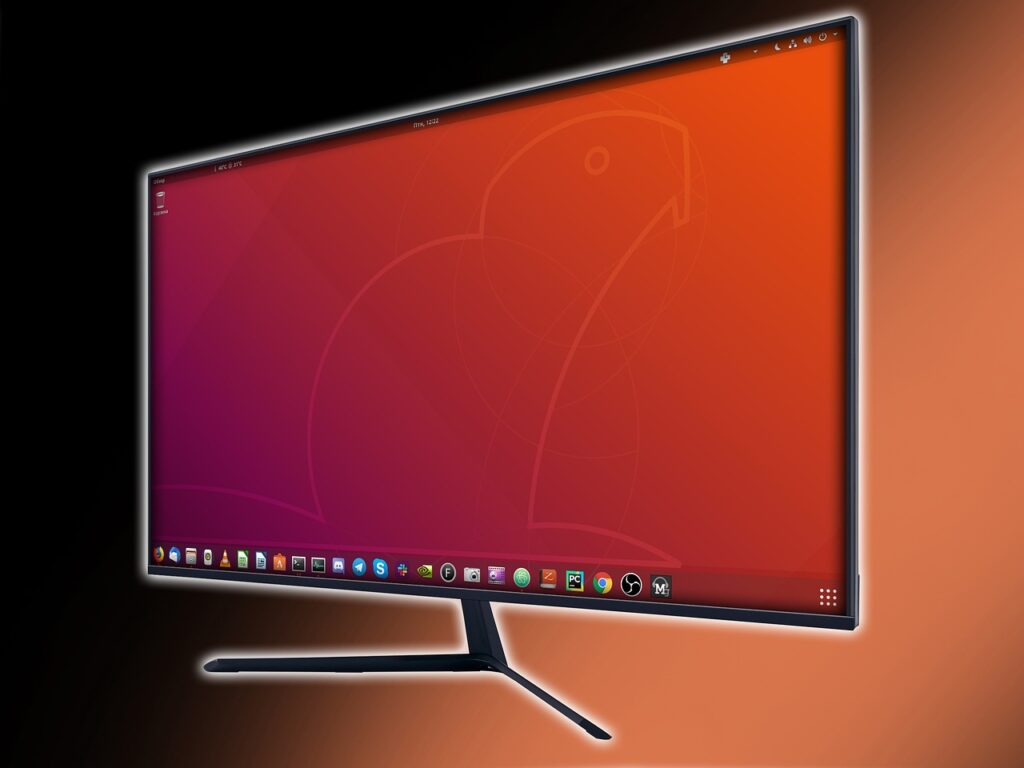Introduction: Bridging the Gap Between Windows and Linux
At times, the need arises to run Windows applications on Linux, whether it’s for specific software or gaming. Fear not, as there’s no requirement for a second system or the complexities of configuring a virtual machine. The solution lies in Wine.
Wine (Recursive Backronym for Wine Is Not an Emulator) is a robust, free, and open-source compatibility layer designed to empower Unix-like operating systems to run Microsoft Windows programs seamlessly, including applications and computer games.
Installation: Uncorking the Potential
Wine offers three distinct branches:
- Stable Branch:
sudo apt-get install --install-recommends winehq-stable - Development Branch:
sudo apt-get install --install-recommends winehq-devel - Staging Branch:
bash sudo apt-get install --install-recommends winehq-staging
For those seeking the latest features, the Development branch is typically preferred. To access the most recent version on Ubuntu, add the following repositories:
wget https://dl.winehq.org/wine-builds/Release.key
sudo apt-key add Release.key
sudo apt-add-repository 'https://dl.winehq.org/wine-builds/ubuntu/'To enhance Wine’s configuration, employ the Winetricks script. This script facilitates easy modification of Wine configurations and the download/installation of various redistributable runtime libraries, packages, and fonts:
sudo apt-get install winetricksConfiguration: Tailoring Wine to Your Needs
To configure Wine, leverage either the winecfg or winetricks commands. These commands create a default prefix located in your home user folder (/home/user/.wine), mimicking the folder structure of a Windows system. This directory serves as the installation location for all Windows software.
- Creating a New Prefix:
WINEPREFIX=/home/user/.newprefix1 winecfgFor 32-bit architecture:WINEPREFIX=/home/user/.newprefix2 WINEARCH="win32" winecfg - Configuring an Existing Prefix:
bash WINEPREFIX=/home/user/.newprefix1 winetricks
orbash WINEPREFIX=/home/user/.newprefix1 winecfg
For the default prefix:bash winecfg
orbash winetricks
When creating a new Wine prefix, it is recommended to download wine-mono and wine-gecko components for optimal compatibility.
Running: Installing and Executing Windows Software on Linux
Let’s illustrate how to install Notepad++ on Linux using Wine. Download the latest version and use the following command:
wine ~/Downloads/npp.7.5.6.Installer.exeFor a specific prefix:
WINEPREFIX=/home/user/.office WINEARCH="win32" wine ~/Downloads/npp.7.5.6.Installer.exeComplete the installation steps, similar to a standard Windows installation. The application shortcut will be available in your start menu/desktop. In essence, after installing Wine and creating a default prefix, you can double-click on downloaded installers for them to work seamlessly, just like on Windows.
Some programs may require additional DLLs or packages, which can be easily added using Winetricks.
You can also modify the registry using Winetricks.
To uninstall an application, run Winetricks and choose the “Uninstall Software” option.
Office 2010: Elevating Complexity

For a more intricate application like Office 2010, follow these steps:
- Install winbind:
sudo apt-get install winbind - Create a 32-bit prefix:
WINEPREFIX=/home/user/.office WINEARCH="win32" winetricks - Confirm the installation of
wine-monoandwine-gecko. - Install additional packages using Winetricks:
dotnet20,msxml6,corefonts,riched20, andgdiplus. - In Winecfg, go to the library tab and override
riched20andgdiplusto “Native.” - Run the Office 2010 installer.
Enjoy a fully functional Microsoft Office 2010 on Linux.
Alternatives: Beyond Wine
While Wine offers a powerful command-line interface, there are user-friendly graphical interfaces based on the Wine engine:
- PlayOnLinux (PlayOnMac):
PlayOnLinux - Crossover:
Crossover
Explore these alternatives for a more intuitive configuration and installation experience.
Conclusion: Savoring Windows Applications on Linux
With Wine as your companion, running Windows applications on Linux becomes a seamless experience. By mastering the art of installation, configuration, and execution, you unlock the full potential of your Linux system. Whether it’s productivity software or games, Wine opens doors to a diverse world of Windows applications in the Linux ecosystem. Embrace the compatibility, break the barriers, and revel in the fusion of Windows and Linux functionalities.

